This lyric is pretty iconic even if you aren’t a fan of Taylor Swift (but that’s only a few people, right?). We often have students proclaim, “I know it’s my fault.” They take on the blame for their dog not doing something or doing too much of something. I’d much prefer that thought over someone thinking it’s all the dog’s fault, for sure! But is it all your fault? No.
As in any relationship, multiple factors can cause problems/challenges. I’ve been married for 25+ years. I know a thing or two about human relationships, and I’m still learning about them daily.

I want to share with you some things to consider that we, as humans, contribute to our dogs’ behavior. I also want to note a few things that are 100% out of our control. I believe our students are exceptional (both dog and person), and they strive to do their best with the knowledge, skills, and resources they have available. As we learn to do better, we can do better, too.
Training and Communication:
The more we spend time consistently training and offering clear communication with our dogs, the more successful they can be in our family and society. I don’t believe it’s one size fits all in terms of the amount of training or what you are training them to do. That’s why CCA is known for taking a custom approach for both ends of the leash. What you train and, more importantly, why you train something will vary based on your lifestyle, your dog, your dog’s age, etc.
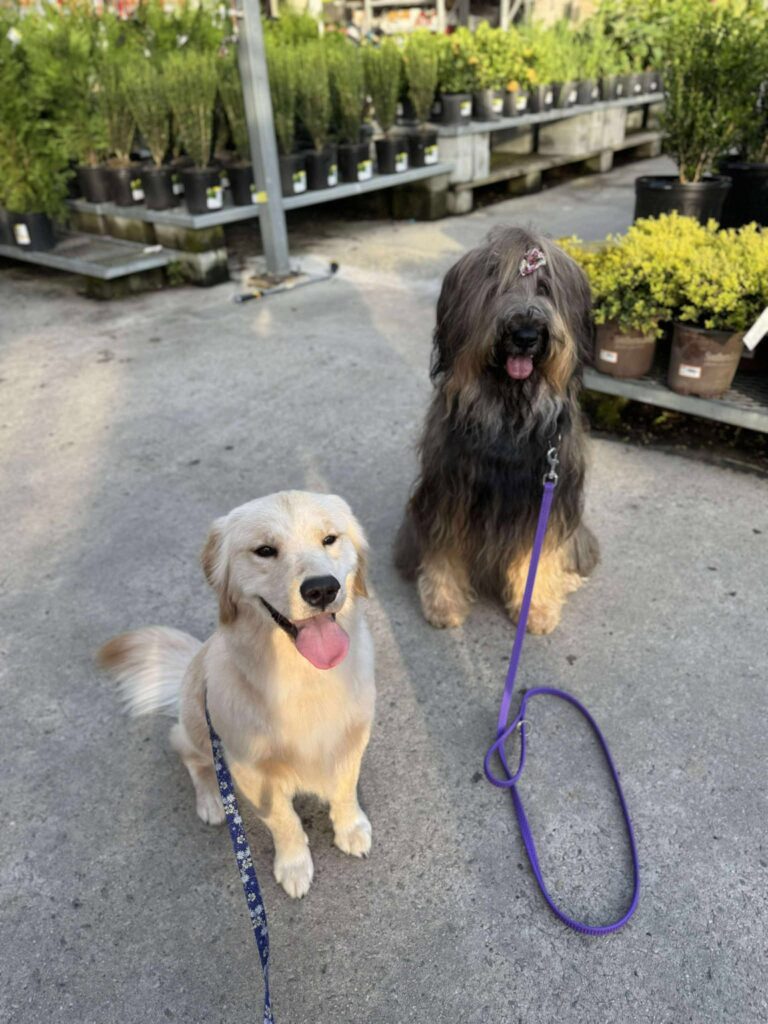
Some dogs need training and exercise most days of the week, and others only need a little every few weeks. For example, our dog Panzer needs very little training and only a little exercise outside of the house. That being said, he enjoys any he can get. He tends to be the lower priority among the three Toy Fox Terriers at our house. Where Norby and Ahsoka benefit from more mental and physical activities most days.
Our dogs are learning every day based on observing us all day. Even if you don’t do formal training or practice sessions, they are taking in information about how the world works around them and what you expect of them. You must be clear with them anytime you are together. As you would guess, it’s also important for everyone who cares for them to be on the same page, especially when they are puppies and teenagers.
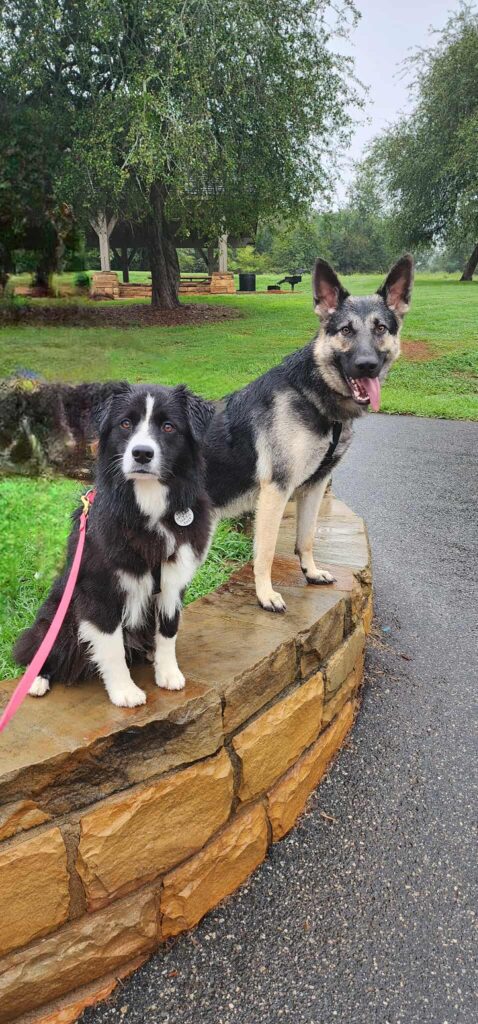
Meeting Their Needs:
What do you think of when you think about your dog’s needs? For humans, you may be familiar with Maslow’s Hierarchy of Needs. The same concept can be applied to our dogs in terms of their biological needs to have appropriate food, fresh water, good sleep, etc. That alone is not enough. They also need to feel safe, have appropriate social interactions, have choice, and more. Even I, as a business owner, dog trainer, and dog mom, do not always meet every need every day. I live in the real world and do my best each day to meet each dog’s needs, but I cannot balance out when I cannot. I share this to give you grace for when you aren’t a super dog parent daily.
To get more in-depth, check out this article: https://www.donoharmdogtraining.com/hierarchy-of-dog-needs-presentation
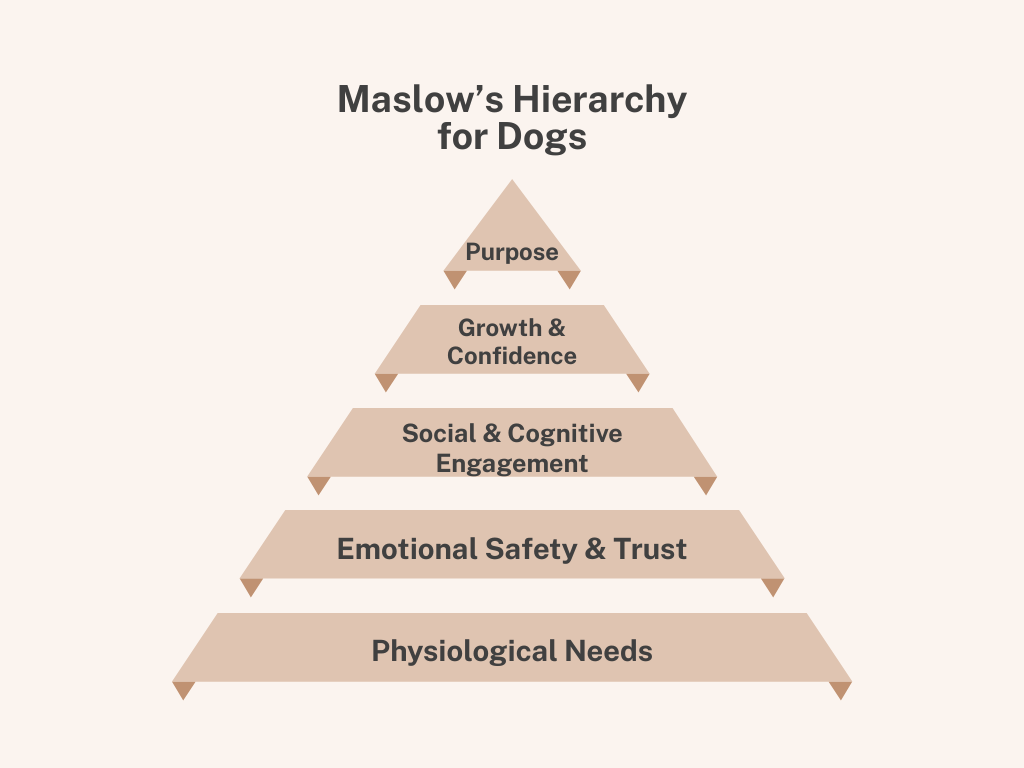
Stress and Anxiety:
The world we live in today is extremely stressful at times. There is a lot we humans go through daily, and our stress often gets absorbed by our dogs. I’ll be honest that I can keep my stress better in check because I know how it will impact others, including my beloved dogs. I strongly encourage you to look at how to best manage your stress both when training and in daily life to help your dog in their wellness. If you aren’t sure how to best manage that stress, you can start by forgiving yourself if you feel you have caused your dog stress. You can go on walks with friends, sit at a coffee shop, get a massage, or do something nice for yourself. If it’s a struggle for you, it might be a great time to see professional help.
It’s easy to forget to take care of ourselves when we have so much on our plates. I, too, needed this reminder.
Now that you have some concepts to consider about your impact on your dog’s behavior and your relationship with them, let’s talk about things we cannot change and that our dogs came with.
Your dog came to you with DNA that can and does directly impact their behavior. There are things about them that are related to their DNA, including the breed they are. For example, if you have a herding breed dog, they are very likely going to do herding dog things like nip at running children, show concern when not everyone is together, and need to be in control of things. Even a herding breed dog will have variations of extremes because of their DNA, early development, and your training, management, and environment. When we see things that cause us concern, we need to know if that behavior is “normal” and why we might try to modify or channel those tendencies.
We may also need to modify our expectations of a dog because they are who they are, and trying to change something might be inhumane. When we try to change another’s behavior, it needs to be in their best interest, not just our human expectations. This is why selecting the best dog for you and your home from the start is easier than trying to change the dog you have.
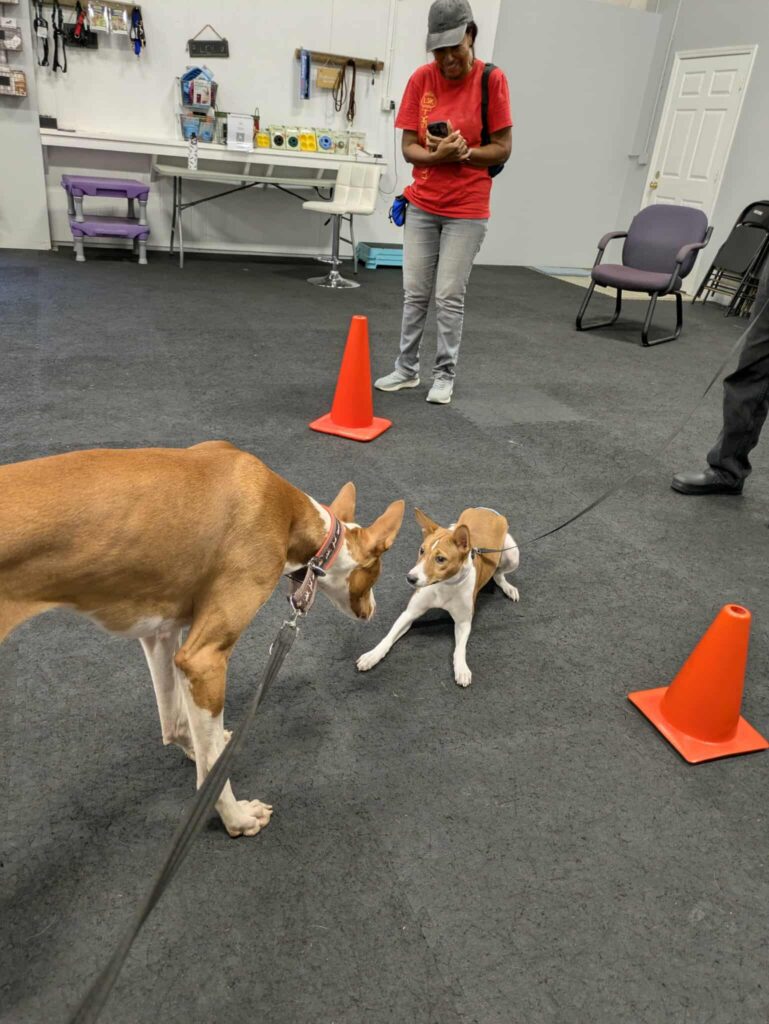
Your dog’s early developmental experiences, or lack thereof, of the proper experiences, can greatly impact their behavior. For example, if your dog was over-socialized as a young dog and didn’t want to engage with people or dogs in that way, they may behave reactively later in life because they are put in situations they feel are unsafe. Your dog may have had zero socialization as a young dog and now doesn’t know how to properly engage with people or dogs, yet wants to have more of a social life.
We also see dogs who are great, but have not been taught how to properly engage with people or know how to learn new things because no one took the time to show them. These dogs can be frustrated because they don’t understand the world in which they live.
Dog behavior is complex. There are so many layers and nuances to understand. As a pet parent, you only need to be an expert in your dog’s complexity. A dog’s behavior also changes as they age and as their lifestyle changes. It’s critical that we adjust as they need to continue to have a healthy relationship.
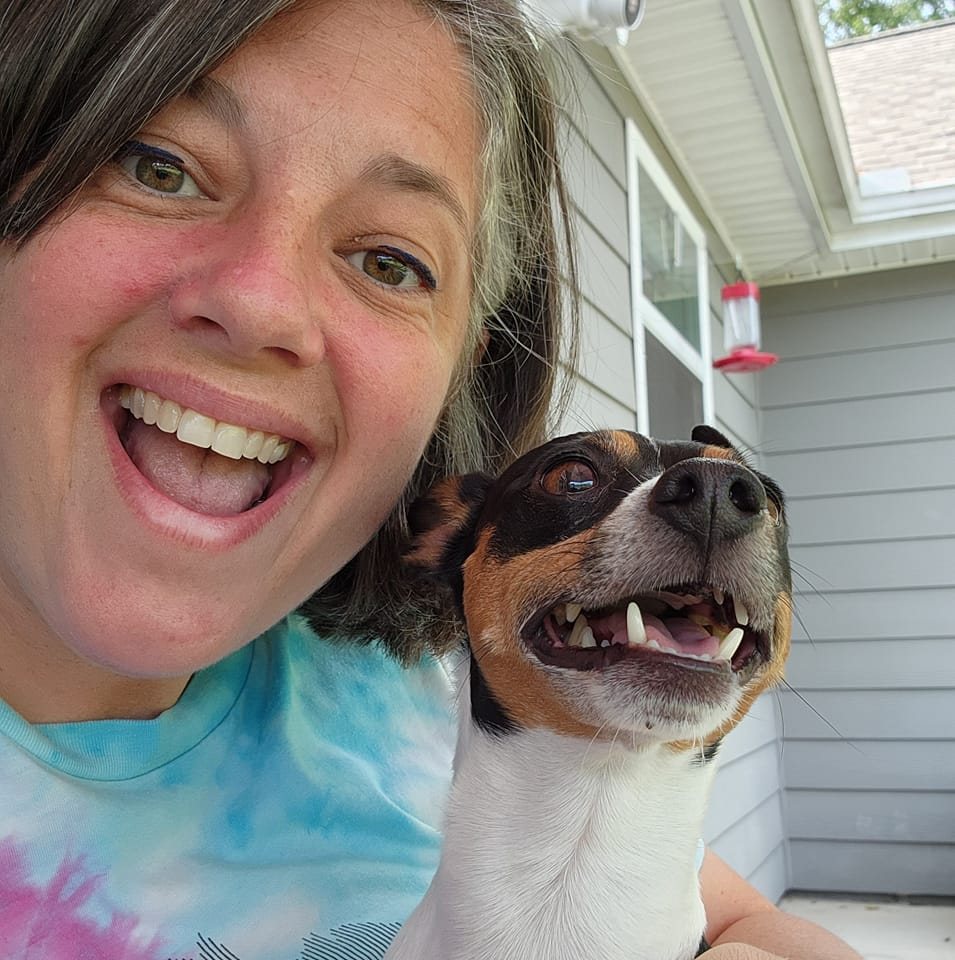
Are you the problem? Yes, and no if I’m being honest. I believe most of us are doing the best with what we can do at the time. In my opinion, that’s not an excuse to continue to do things that are causing the dog stress or conflict in the relationship. When a problem arises, it’s an opportunity to grow and learn together. That’s why we do what we do at Canine Country Academy. We want to help nurture dog-human and dog-dog relationships with kind effective training, clear communication, respect, and compassion.
If you feel you need help with your dog, please know we are here, or we can refer you to resources that are the best fit.
